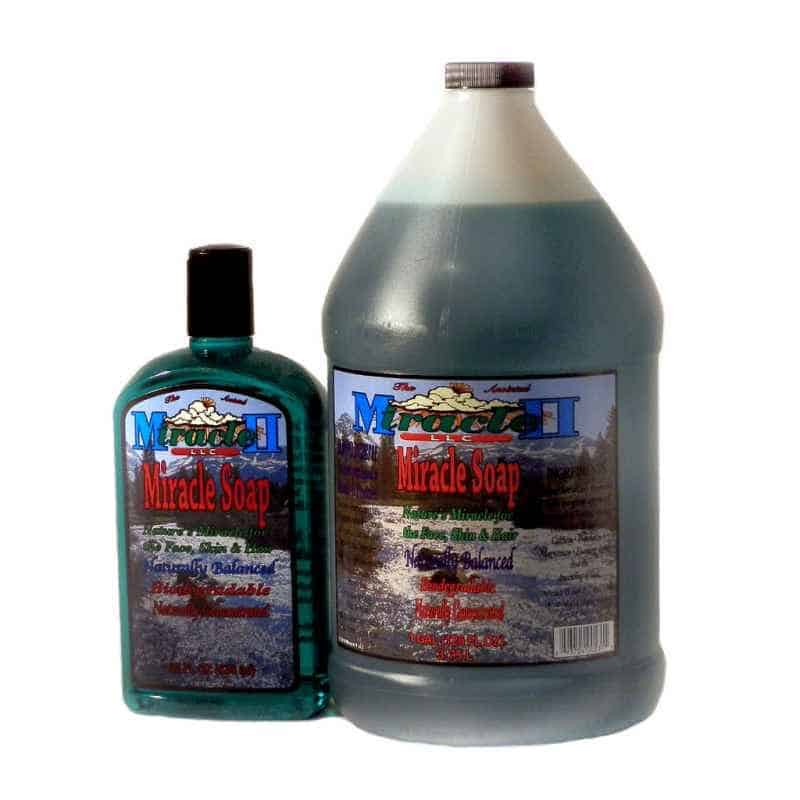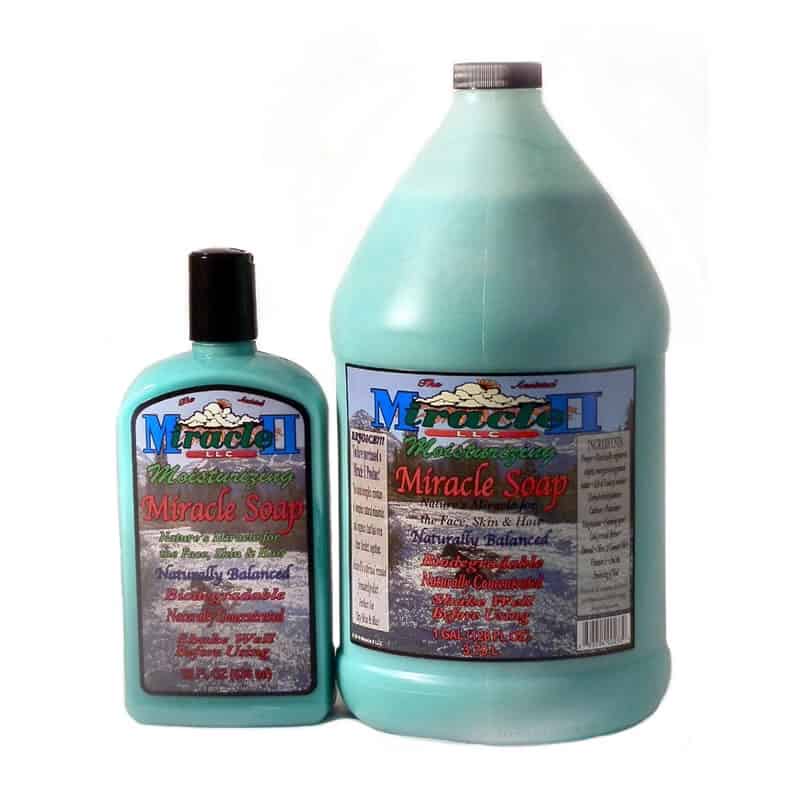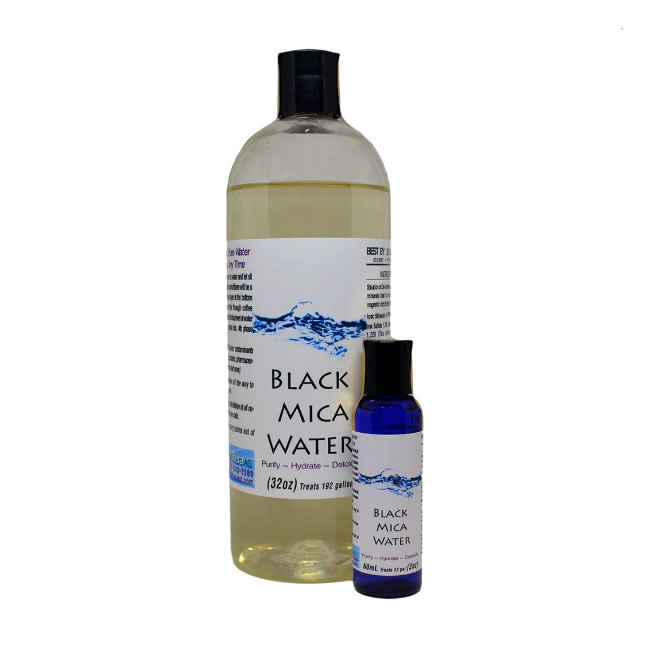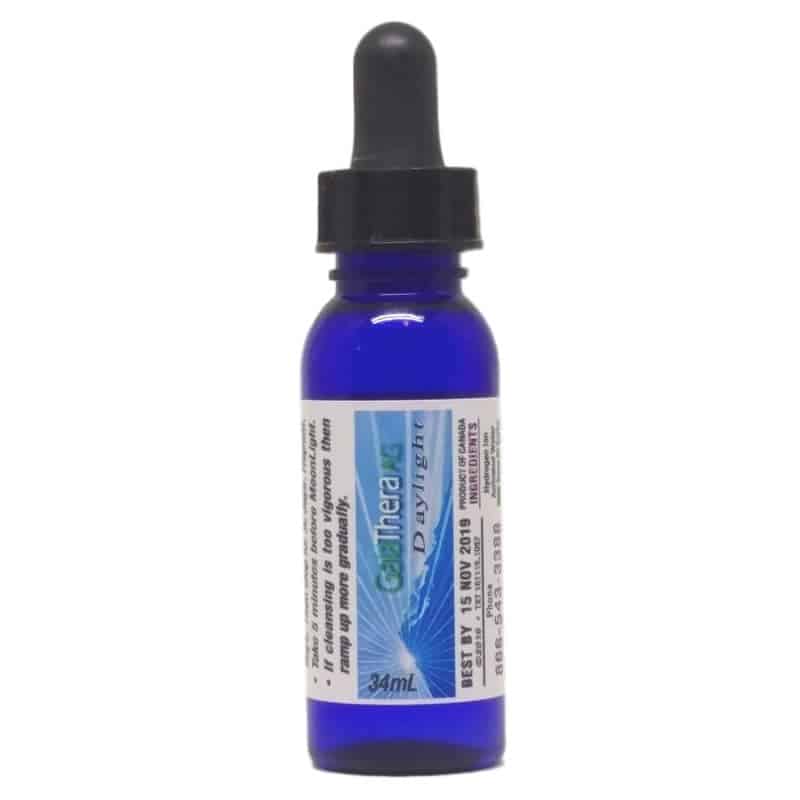No products in the cart.
Antibacterial Soaps and Triclosan
The main compounds in antibiotic wipes, creams and soaps – triclosan and triclocarban – have been added to cutting boards, refrigerator shelves, plastic lunchboxes, and mattresses in an attempt to halt the spread of microbes. But studies show that these antibiotic chemicals are no more likely than regular soap to prevent gastrointestinal or respiratory illness. For chronically sick patients, antibiotic soaps are actually associated with increases in the frequencies of fevers, runny noses and coughs. According to Scientific American: “What we do know is that the influence of these wipes and salves does not end with our hands, but instead spreads from them down our drains and out into society. What happens when antibiotic soaps and suds go down drains? To find out, a group of scientists recently made artificial drains clogged with bacteria … and then subjected them to low and high doses of triclosan …
Triclosan kills ‘weak’ bacteria but favors the tolerant, among them species of bacteria that eat triclosan … Triclosan may also favor lineages of bacteria that are also resistant to the oral antibiotics used in hospitals”. There are concerns about triclosan’s possible effects on human health. It has been detected in human breast milk, blood, and urine samples. A study evaluated the effects of triclosan in female rats, and was found to advance the age at which the rats hit puberty. Serum thyroid hormone concentrations were also suppressed by triclosan. According to the study, published in Toxicological Sciences: “In conclusion, triclosan affected estrogen-mediated responses in the pubertal and weanling female rat and also suppressed thyroid hormone in both studies.”
Sources:
Scientific American July 5, 2011
Toxicological Sciences 2010; 117 (1): 45-53
Green Med Info
The invention of chemical disinfectants is credited to Joseph Lister, a late-19th Century British surgeon who used carbolic acid to soak surgical dressings. This practice dramatically reduced the number of post-surgical infections, and spurred the eventual widespread use of disinfectants in hospitals. While disinfectants are useful in a hospital setting, they can do far more harm than good when used on a daily basis in your home. Antibiotic soaps and wipes are now used by an estimated 75 percent of all American households, and by over-sanitizing our everyday lives, we’ve invited a host of long-term harmful side effects, many of which are already evident.
The Questionable Safety of Triclosan
Triclosan is a synthetic, broad-spectrum antimicrobial agent used in a wide variety of household- and personal care products, including:
- Antibiotic wipes, gels, creams, and soaps
- Toothpaste, deodorant, cosmetics, and lotions
- Plastics (cutting boards, lunch boxes, etc)
- Mattresses, fabrics, and more
Evidence is stacked high against the use of antimicrobial soaps and cleansers, if you want to prevent infection and preserve your long-term health. Studies have repeatedly shown that regular soap is just as effective (sometimes even more effective) than antimicrobial soap for the prevention of infectious diseases. Furthermore, antimicrobials like triclosan may actually increase your chances of contracting an infection if you already have a chronic disease, promote the emergence of antibiotic-resistant superbugs, and contaminate waterways and harms wildlife. All in all, triclosan appears to have NO redeeming value whatsoever outside a hospital or surgery setting, and plenty of downsides. As of 2009, the FDA is conducting a scientific and regulatory review of triclosan in FDA-regulated products.
They’ve also partnered with other Federal Agencies to study and assess the effects of triclosan on animal and environmental health. According to the FDA: “Animal studies have shown that triclosan alters hormone regulation? Other studies in bacteria have raised the possibility that triclosan contributes to making bacteria resistant to antibiotics. In light of these studies, the FDA is engaged in an ongoing scientific and regulatory review of this ingredient.” The Centers of Disease Control and Prevention (CDC) began warning against the widespread use of triclosan almost a decade ago. In a presentation at the 2000 Emerging Infectious Diseases Conference in Atlanta, Georgia, Stuart B. Levy from Tufts University School of Medicine stated:
“The antibacterial substances added to diverse household cleaning products are similar to antibiotics in many ways. When used correctly, they inhibit bacterial growth. However, their purpose is not to cure disease but to prevent transmission of disease-causing microorganisms to non-infected persons. Like antibiotics, these products can select resistant strains and, therefore, overuse in the home can be expected to propagate resistant microbial variants. Moreover, these agents, like antibiotics, are not cure-alls but have a designated purpose. Whereas antibiotics are designed to treat bacterial (not viral) infections, antibacterial products protect vulnerable patients from infectious disease-causing organisms. Neither are demonstrably useful in the healthy household. ”
Studies Show Plain Soap is as Effective as Triclosan
A number of studies now show that using chemical disinfectants in your home and on your body is a waste of money and may be contributing to decreased health. A 2008 meta-analysis of all the experimental studies published in English between 1980 and 2006 on the effectiveness of different hand washing techniques to combat gastrointestinal- and respiratory illness concluded that nonbacterial soap was effective for preventing both gastrointestinal and respiratory illnesses, and that triclosan-containing soaps and wipes had no apparent advantage over plain soap in this regard.
In one Pakistani study, people who washed their hands with plain soap and water were able to reduce the incidence of childhood diarrhea by 53 percent. Those who used antibiotic soap containing 1.2 percent triclocarban actually experienced slightly higher incidence of illness.
Another comprehensive study, published in 2004, found no difference in effectiveness between the two types of soap when used by healthy subjects. However, chronically ill subjects, such as diabetics and asthmatics, experienced more fevers, runny noses and cough when they used antibacterial soap! So, for those of you who believe you’re doing your family a favor by making sure there’s antibacterial soap by every sink and plenty of antibacterial wipes for every conceivable surface, perhaps it’s time to reconsider your strategy…
The Health Hazards of Triclosan
Triclosan is lipophilic, which means it can bioaccumulate in your fat for a long time, and as reported by Scientific American, triclosan is now detectable in human breast milk, blood, and urine samples. In one Swedish study, high levels of triclosan were found in three out of five breast milk samples! Unfortunately, triclosan (which is the active ingredient in most antibacterial soaps) kills not only disease-causing bacteria; it also kills beneficial bacteria and even human cells, so this is clearly not a chemical you want floating around in your blood stream or breast milk.
This ability to decimate both beneficial and harmful bacteria may explain why these types of soaps appear to be less effective for chronically ill people, and why they may promote allergic diseases like asthma and hay fever. Several studies have also shown that triclosan acts as a synthetic endocrine disrupter. It only takes 0.15 parts per billion of triclosan to disrupt a hormone signaling system in frogs – a system that mirrors the one found in humans. It’s also been found to promote antibiotic-resistant disease and other health problems.
Some of these findings include:
- A 2006 animal study indicated that triclosan makes thyroid hormones much more potent, speeding up their impact. It may also make protein receptors more sensitive to thyroid hormones. A more recent study published in 2010 showed that triclosan has endocrine-disrupting effects in male western mosquitofish.
- In a study evaluating the effects of triclosan in female rats, the chemical was found to advance the age at which the rats hit puberty. Serum thyroid hormone concentrations were also suppressed.
- Another study published in the Journal of Toxicology and Environmental Health found that the chemical had a marked hypothermic effect. It lowered the body temperature and caused a “nonspecific depressant effect on the central nervous system” in mice.
- A 2003 study published in the Lancet of Infectious Diseases identified antibacterial cleaning and hygiene products as an emerging risk factor for antibiotic resistance by effectively killing weaker bacteria, while favoring the more tolerant varieties, including one that feeds on triclosan!
If you use antibacterial cleaning products in conjunction with chlorinated tap water, you may be exposing yourself to yet another hazard because when triclosan mixes with chlorine, chloroform is formed. According to the Environmental Protection Agency (EPA), chloroform is a “probable human carcinogen.” When conducting testing that closely mirrored typical dishwashing habits and conditions, researchers found that triclosan reacts with free chlorine to generate more than 50 parts per billion (ppb) of chloroform in your dishwater. According to researchers, when combined with other disinfection byproducts (DBPs) the additional chloroform could easily drive the concentration of total trihalomethanes above the EPA’s maximum allowable amount. But the harmful effects of triclosan do not end there…
The Environmental Impact of Antibacterial Household Products
Once that water flows down your drain, these antimicrobials contaminate the environment, become part of the food chain, and further contribute to the increase in resistance of pathogens to clinical antibiotics. Researchers have determined that about 75 percent of another popular antimicrobial, triclocarban (TCC), resists water treatments meant to break it down and ends up in surface water, and in municipal sludge used as fertilizer. And, according to Scientific American, triclosan can also be found in relatively high concentrations in many municipal water supplies. So, in the end, you’re likely to end up drinking these chemicals it as well, unless you’re using a good water filter.
How to Identify Triclosan-Containing Products?
You probably do not need to ever use antibacterial products in your home. They do not have any advantage over regular soap and water, and increase your risk of long-term health problems by promoting antibiotic-resistant bacteria, which is already a public health threat of very serious proportions. To avoid accidentally purchasing triclosan-containing products, make sure to read the labels of everything you buy. Personal care products containing triclosan are considered over-the-counter drugs, and are therefore required to list triclosan in the drug facts box on the label. It must also be included in the list of ingredients. However, triclosan can also be found in other products, under different names, such as:
- Microban when used in plastics and clothing
- Biofresh when used in acrylic fibers
- Tinosan SDC
- Irgasan DP-300
- Lexol 300
- Ster-Zac
- Cloxifenolum
- 2,4,4′-trichloro-2′-hydroxydiphenyl ether
Proper Hand Washing Technique
Getting back to basics is often the best advice, and that definitely applies here. Good old-fashioned hand washing with plain soap and water is one of the oldest and most powerful antibacterial treatments there is; no harsh disinfectants or microbial soaps required. It has been shown time and time again that washing your hands with soap and water can kill germs that cause:
- The common cold and influenza
- Pneumonia
- MRSA
- Hepatitis A
- Acute gastroenteritis
- Stomach infections such as salmonella, E.coli, campylobacter and norovirus
What you do need, however, is proper hand washing technique. To make sure you’re actually removing the germs when you wash your hands, follow these guidelines:
- Use warm water
- Use a mild soap
- Work up a good lather, all the way up to your wrists, for at least 10 or 15 seconds
- Make sure you cover all surfaces, including the backs of your hands, wrists, between your fingers, and around and below your fingernails
- Rinse thoroughly under running water
- In public places, use a paper towel to open the door as a protection form germs
Remember that your skin is actually your primary defense against bacteria, and not the soap. So resist the urge to become obsessive about washing your hands. Washing too vigorously or too frequently can extract many of the protective oils in your skin. This can cause your skin to crack and potentially even bleed, providing germs a point of entry into your body where they can do more harm. So mild to moderate washing is really all you need.
Keep Your Home Clean Without Chemical Disinfectants
Ditch all of your chemical household disinfectants, such as antibacterial dishwashing liquids, laundry detergents, and bath and kitchen cleansers, in favor of more natural alternatives. As demonstrated in the studies, disinfecting your home does not lead to any measurable reduction of illness. On the contrary, if anyone in your household has a chronic illness, they may be at a slightly increased risk of infections when they’re exposed to antibacterial soaps and detergents. Aside form mild soap and water, which you can use on most surfaces , another all-purpose cleanser that works great for kitchen counters, cutting boards and bathrooms is 3% hydrogen peroxide and vinegar. Simply put each liquid into a separate spray bottle, then spray the surface with one, followed by the other.
In tests run at Virginia Polytechnic Institute and State University, pairing the two mists killed virtually all Salmonella, Shigella, and E. coli bacteria on heavily contaminated food and surfaces when used in this fashion, making this spray combination more effective at killing these potentially lethal bacteria than chlorine bleach or any commercially available kitchen cleaner. The best results came from using one mist right after the other-it’s 10 times more effective than using either spray by itself and more effective than mixing the vinegar and hydrogen peroxide in one sprayer. As an added bonus aside from the health benefits, using this type of natural homemade cleanser is much less expensive than commercial varieties. Sunlight is another powerful disinfectant, and drying your laundry in the sun is one of the best ways to save energy and wind up with fresh, clean linens and clothing.








